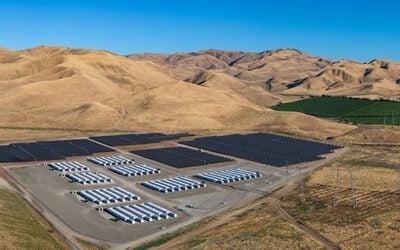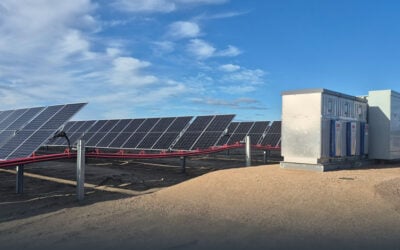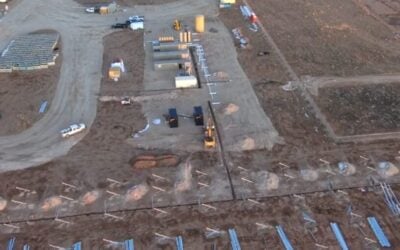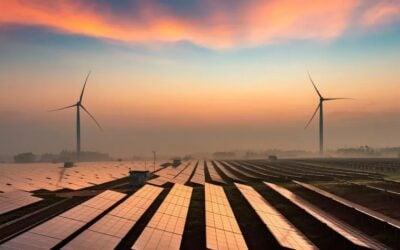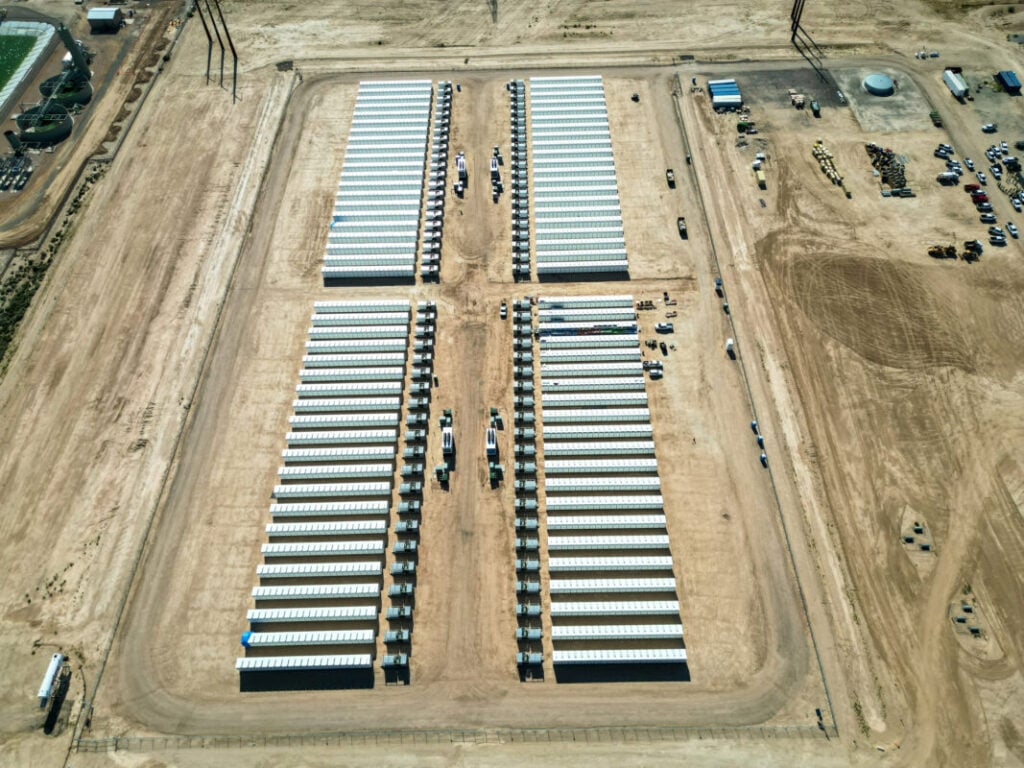
Utah Associated Municipal Power Systems (UAMPS) has negotiated the terms of a solar and BESS power purchase agreement (PPA) with Boston, Massachusetts-based developer Longroad Energy.
First established in 1980, UAMPS is a political subdivision of the State of Utah providing wholesale energy and other services to 50 of its members located across seven western US states.
One of these member utilities, Utah-based utility Heber Light & Power (HL&P), discussed the agreement during its most recent board meeting, revealing interesting details surrounding pricing and potential tariff-related adjustments.
Fremont Solar & Storage
The PPA relates to offtake from Longroad’s Fremont Solar and Storage project, which is expected to connect to PacifiCorp’s transmission system in Utah.
Try Premium for just $1
- Full premium access for the first month at only $1
- Converts to an annual rate after 30 days unless cancelled
- Cancel anytime during the trial period
Premium Benefits
- Expert industry analysis and interviews
- Digital access to PV Tech Power journal
- Exclusive event discounts
Or get the full Premium subscription right away
Or continue reading this article for free
Located near Cedar City in Iron County, the project will pair a 99MWac solar farm with a 49.5MW/198MWh battery energy storage system.
The Fremont development was selected by UAMPS as part of its 2024 resource procurement plan, which will purchase all energy and related project products, including renewable energy credits (RECs) and capacity rights. Acting as the scheduling coordinator, UAMPS will have exclusive rights to dispatch the BESS.
UAMPS negotiated the agreement with Longroad on behalf of its 50 members, who must now all individually approve the PPA in order for it to become effective.
Although the guaranteed delivery date of the project is June 30, 2028, commercial operations are expected by December 31, 2027.
Under the terms of the agreement, Longroad will be fined US$21,970/day if it’s unable to deliver the BESS before this guaranteed date.
Tariff related adjustments
With the ongoing uncertainty surrounding import tariffs, offtake agreements in the US are increasingly including future tariff-related pricing adjustments as standard.
Energy-Storage.news has reported on the signing of several new offtake agreements over the past six months, with each featuring provisions whereby developers can increase the contract price if they can prove costs have been impacted by import tariffs.
This recent reporting includes agreements between NextEra Energy Resources (NEER) and Orange County Power Authority, alongside EDP Renewables and Ava Community Energy.
Utilities Director at Northern California Power Agency (NCPA), Alan Kurotori, revealed during a recent Board of Directors meeting that developers are “really insisting” that these provisions be added to offtake agreements.
As stipulated within the Fremont PPA, UAMPS will pay a fixed price of US$13.6/kW-month with no escalation for battery storage capacity.
However, if a third-party evaluation demonstrates that project costs were impacted due to import tariffs introduced after January 1 2025, Longroad can amend this price as high as US$14.14/kW-month, representing an increase of up to 4.7%.
When combined with the solar energy price of US$35.45/MWh, UAMPS expects the hybrid Fremont facility to cost between approximately US$69/MWh and US$74/MWh.
Operation Gigawatt
Utah is still heavily reliant on fossil fuels, with coal and fossil gas having provided a cumulative 77% of the state’s net electricity generation during 2025, according to data from the US Energy Information Administration (EIA).
As for BESS, Utah’s utility-scale energy storage industry is still very much in its infancy, with the State only having a single operational 1MW project as of October 2 2025.
However, things have begun to pick up over the past six months, with some of the US’ most prominent independent power producers (IPPs) having progressed several large BESS projects.
This includes NEER, who in August received approval to develop a 200MWh project in Salt Lake City, dubbed Dominguez Energy Storage.
As recently reported by Energy-Storage.news, rPlusEnergies also secured more than US$500 million in financing for a larger 400MW/1,600MWh hybrid solar and storage BESS project located in Emery County. Construction is currently underway, with the project scheduled to come online sometime next year.
Additionally, Utah Governor Spencer Cox announced plans last year to double the state’s energy capacity over the next ten years, as part of a plan known as “Operation Gigawatt.”
Although the plans remain fairly broad, the Office of Governor Cox last month celebrated the news that technology provider Torus has raised US$200 million in private capital to deploy its proprietary battery storage and flywheel technology in Utah.
“Utah-based companies like Torus are proving what’s possible, deploying new capital to strengthen the grid, improve reliability, and meet America’s growing energy needs,” said Cox.

